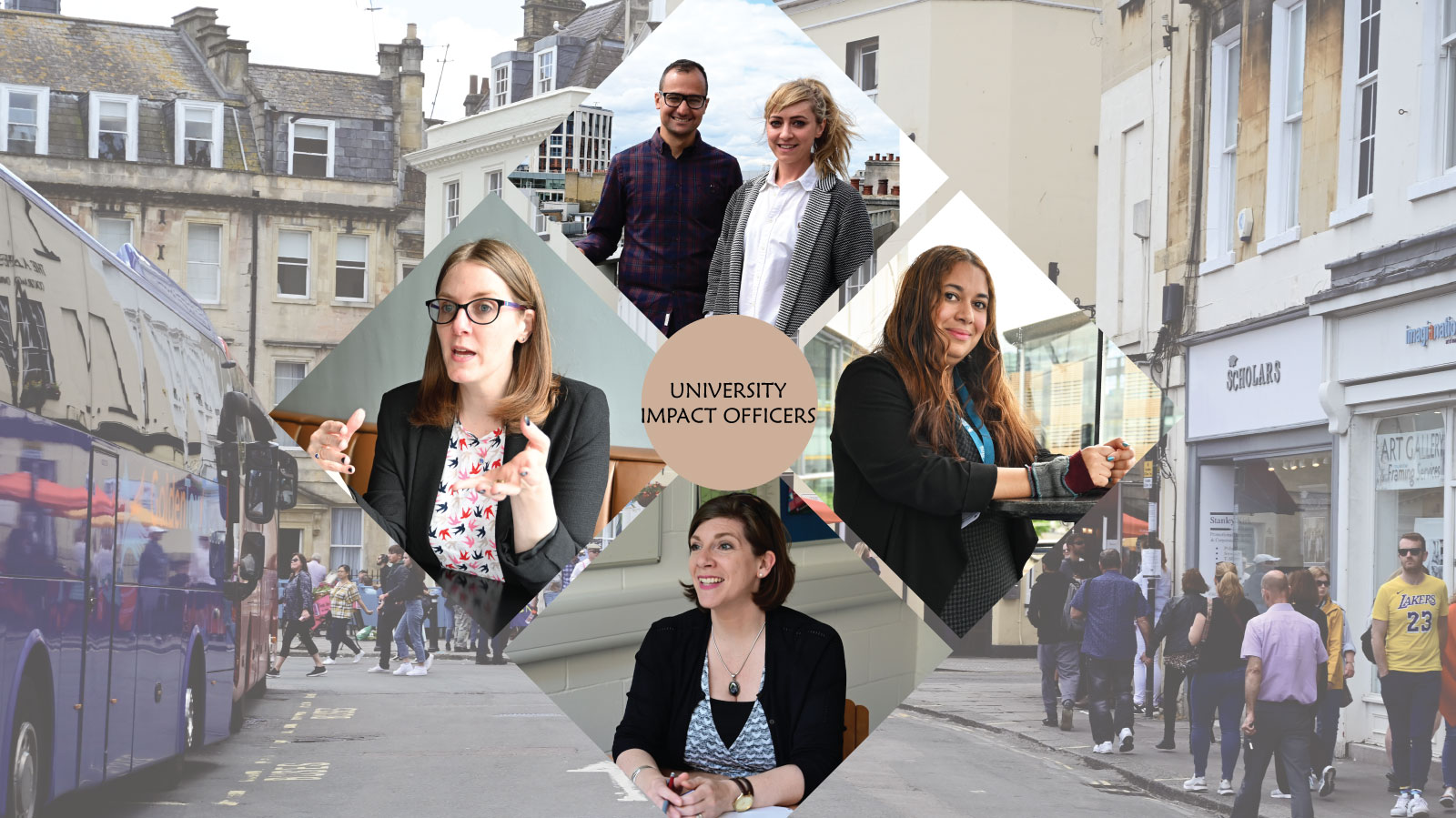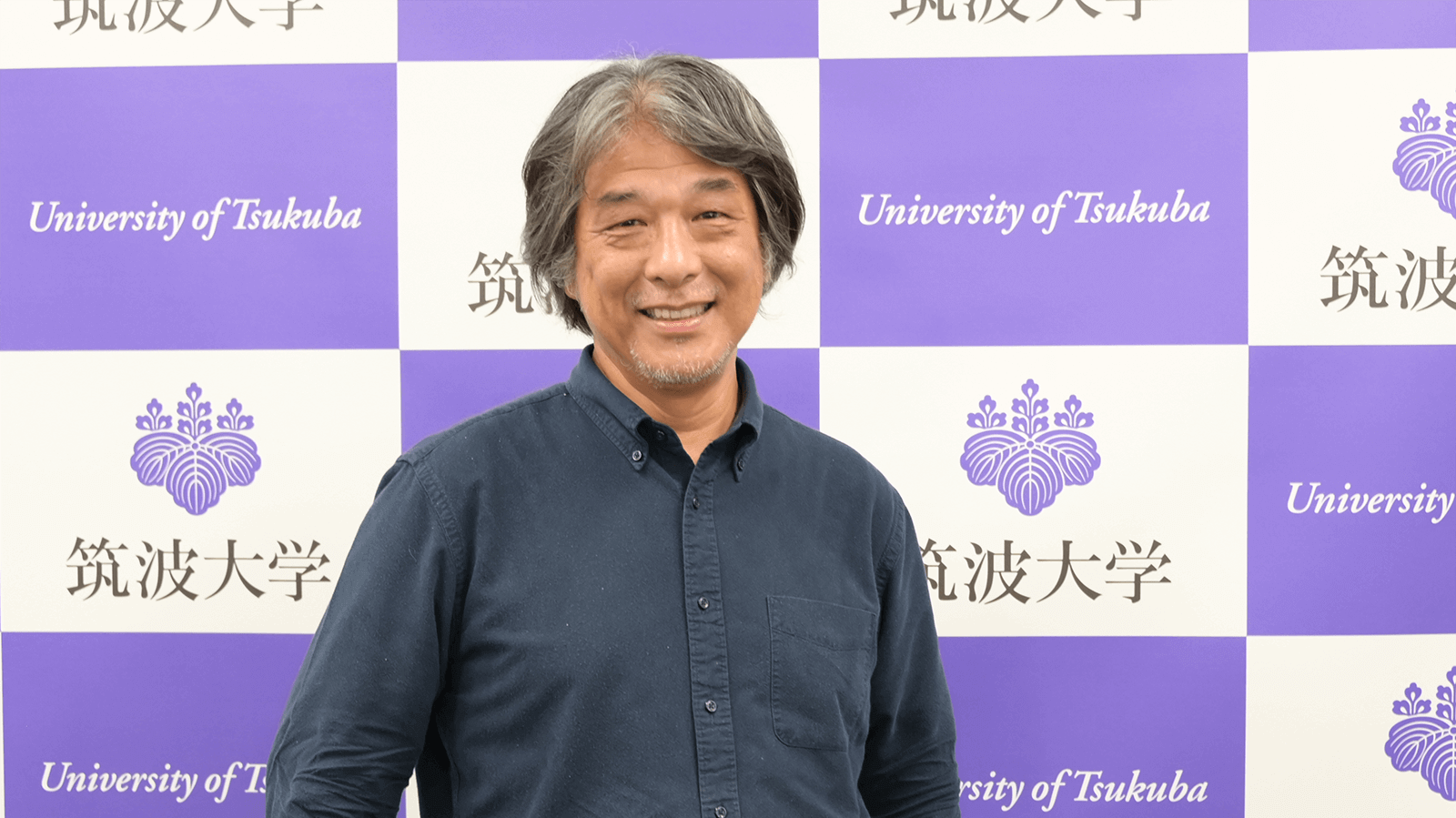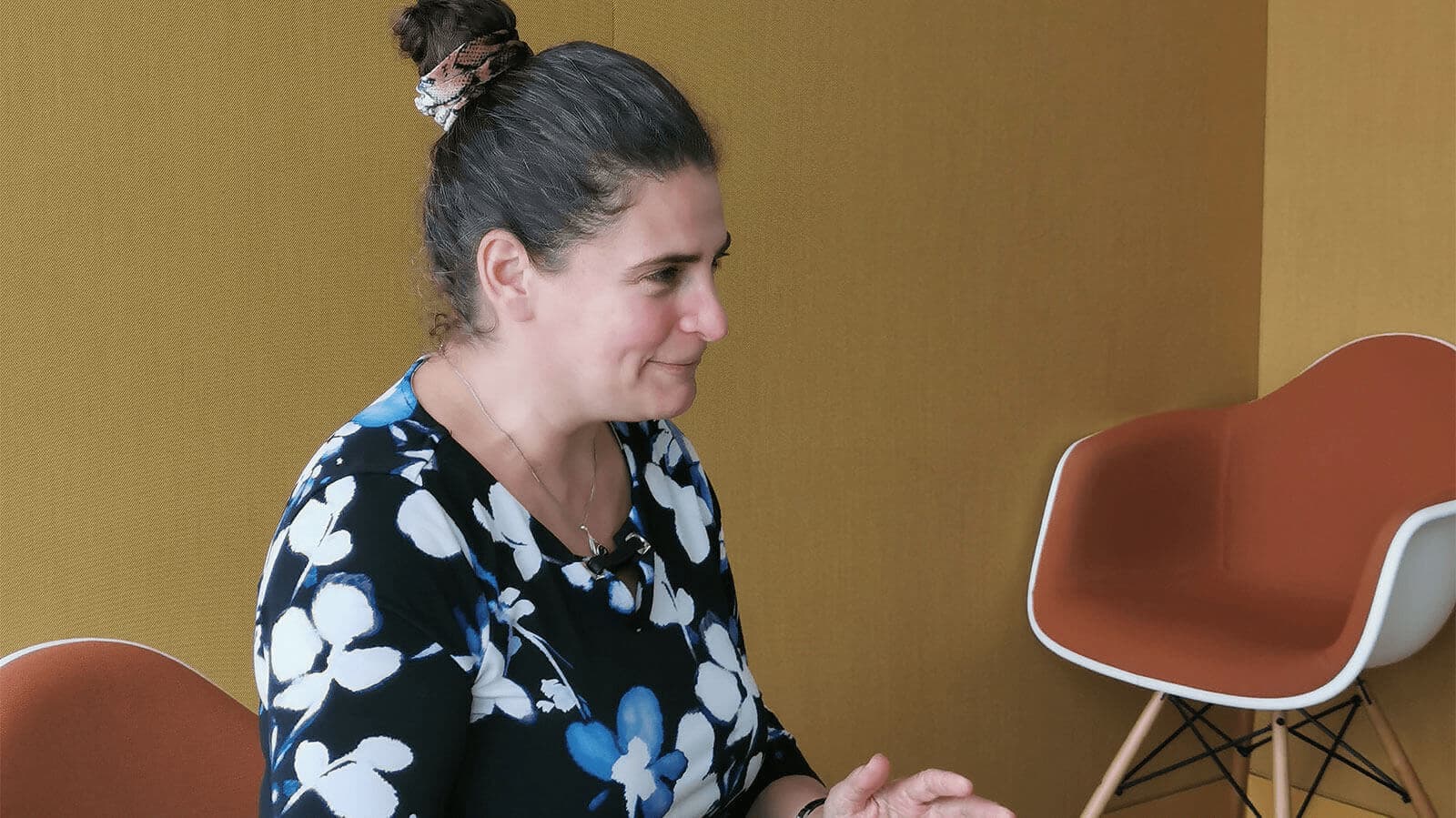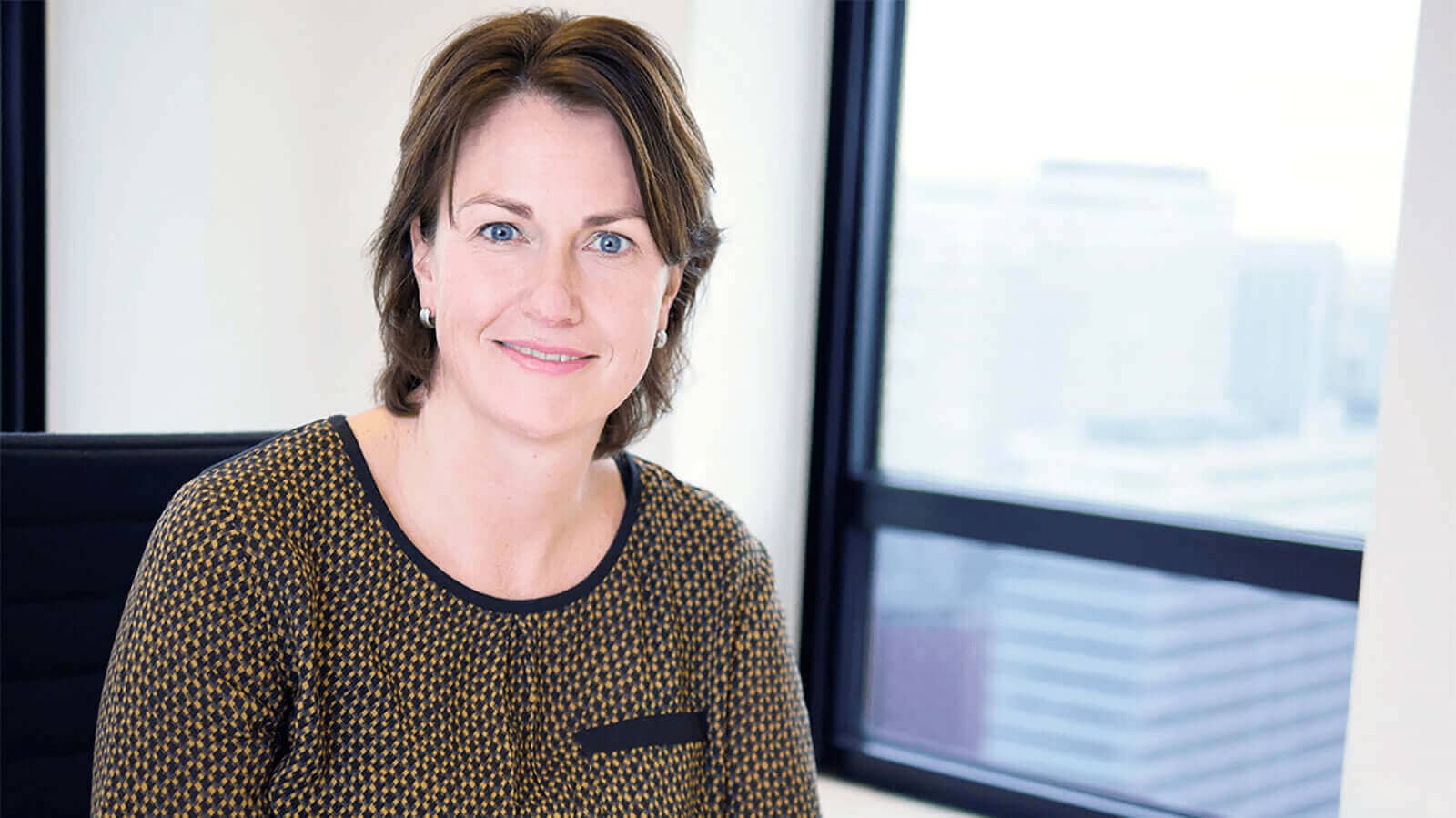Q&A with University Impact Officers

Interviewer: Makoto Yuasa, Ai Kano
Participants:
- Natalie Wall, Research Impact Manager, Queen Mary University of London
- Jo Lakey, REF Delivery Director, King’s College London, Katy McKen, Head of Information and Impact, University of Bath
- Katy McKen, Head of Information and Impact, University of Bath,
- Rachel Middlemass, Research Impact Manager, and Kieran Booluck, Impact Support Manager, London School of Economics and Political Science
Q. How do you define “Impact”?
(Jo) I think it’s about getting people to understand what they are trying to achieve, who they are trying to reach, and how they know when they get there. One of my colleagues used to say that impact is new things, more good things, and fewer bad things.
(Rachel) Impact is effect on, change to, or benefit to the economy, society, culture—basically anything beyond academia. Whenever an academic engages with partners, audiences, or other actors beyond their own university, including to exchange ideas or knowledge, that’s part of their pathway to impact. However, the impact itself is really what happens as a result of that engagement.
(Natalie) To me, impact is a change or shift in attitude that is demonstrable. For example, policy that was planned but didn’t get implemented would also be considered impact. That is the very basic definition. So, you’ve got different types of impact: economic, societal, cultural, attitudinal, and practical.
(Katy) I would say it’s something that has happened because of our research but outside academia and the university. That’s my working definition. But the important thing is that something is different, something has changed.
How did you work with faculties to create case studies?
(Jo) Each unit collects case study assessments. They then assess which research has had impact, who got an impact case study, and then look at all the examples of impact. Then they have to hunt for things—who’s been in the news, who’s got high impact stories—they look for all sorts of different ways to try and find those stories. The most difficult thing, obviously, is when you don’t have many stories.
(Rachel and Kieran) Research and Innovation (the LSE division where we work) provides input right from the point where people are developing applications. Our grant application team will talk to academics about how they might plan for and create resources for impact. Colleagues in the Communications Division can help people get their work out into the world beyond academia. And we can help them tell the story of the benefits that delivers. Most of our information comes from interviewing people about their work and the ways it’s being used, sometimes because of something we have read or seen or heard, sometimes because they’ve approached us of their own accord. Ideally, researchers take the lead on drafting their own accounts of impact, but we understand that their time is always tight, and we will help them with writing and editing as much as they need us to.
We do our best to make them feel like we’re on their side. There has been a big cultural shift from 2014 and it’s a very different landscape now than what it was five years ago. But there isn’t a one-size-fits-all model for supporting impact. It’s important to understand that each department or discipline has its own culture, and that there are also big variations in individual academics’ levels of interest in impact. You have to tailor your approach accordingly.
(Natalie) The impact office visits researchers to understand what work they have done and we take it up for documentation. We recommend that all case studies be written by the academics, or, if they are busy, someone from the project team. And then someone from my team will go over the case study they write and try to plug in the gaps. We figure out how evidence and testimonials on the research impact can be collected. In some cases, we even suggest how the impact of the research can be pushed a bit further.
What was the research community’s initial reaction to REF Impact Assessment?
(Jo) When they first heard “impact” was going to be included in the REF, many people thought it was a terrible idea. Some took a long time to accept the fact that it was going to happen. People are much more open to the idea now than they were earlier. And I think it’s lovely when you have a discussion with an academic who over the course of your discussion gets it and is ready to work with you.
(Katy) I don’t think there was resistance, because we knew we had to do it. But it was challenging to get the faculties to identify their case studies and understand what impact meant. I think that was the hardest part. I think people, for the most part, accepted that it was part of REF, so they have to comply with it. But then, really understanding what that meant and then finding the best case studies was the hard part.
Has the REF brought about any change in research culture?
(Jo) I think there is a bit of a shift in the way researchers are working. You do get a lot more people talking about their impact, thinking about public engagement and about what they need to do. But my theory is that it’s going to take a long, long time to properly embed it.
(Natalie) Adopting impact can be challenging for early career researchers. They have no idea what it means. So, we train PhD students and teach them how to start thinking early in their career about impact, because they’re being asked about impact when they apply for jobs. It’s about professionalizing early, getting people thinking about things. For the most part, people really appreciate it. When you don’t have the time to write a case study, it can be quite frustrating. Most people are happy with the support they are getting from the Impact Team.
(Katy) The biggest change I’ve seen is with people’s awareness about what research impact is. We run a session in impact on the university’s training program for all new lecturers at the university. Over time we have seen a change in academics’ engagement with impact. A few years ago, I was asking the impact-related questions, while they focused on their research. I had to prompt them to think about who might benefit from the research. Now, their colleagues have so much more awareness that it’s them, young lecturers, suggesting things like possible collaborators or different ways of engaging stakeholders. It is absolutely fascinating to see that sort of change.









